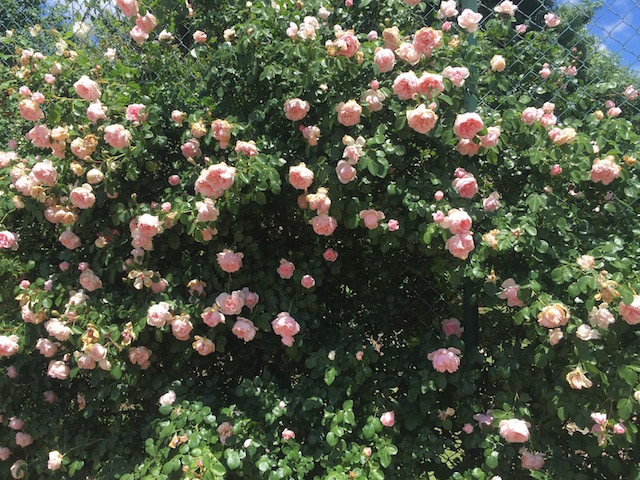
Roses are one of the main features of my garden at this time of the year and 2015 seems exceptional.
Good spring rainfall and warm days with plenty of sunshine and cool nights has bought out the best blooms in my garden and elsewhere in Armidale. This is the best time to visit Armidale if gardens are your passion.
Throughout the month the days are warm and dry and nights can still be cool with local folklore stating that frosts can occur up until Melbourne Cup day. As it is too early in the season for black spot, foliage and blooms are fresh and new, full of vigour and glorious colour, so much appreciated after a New England winter. However all that fresh foliage is rather attractive to aphids. No need to spray as I have learnt to welcome most insects in my garden and I prefer to encourage natural predators.
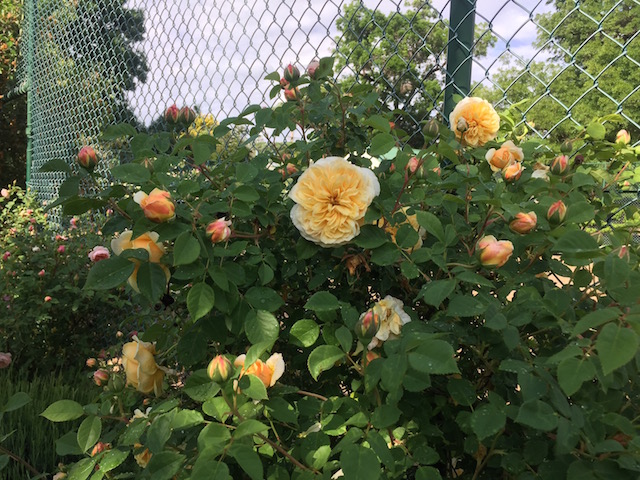

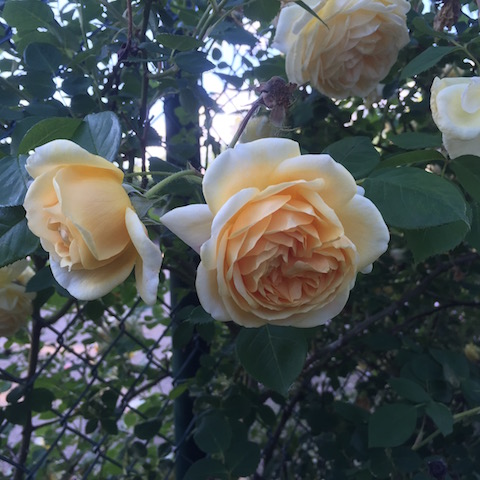
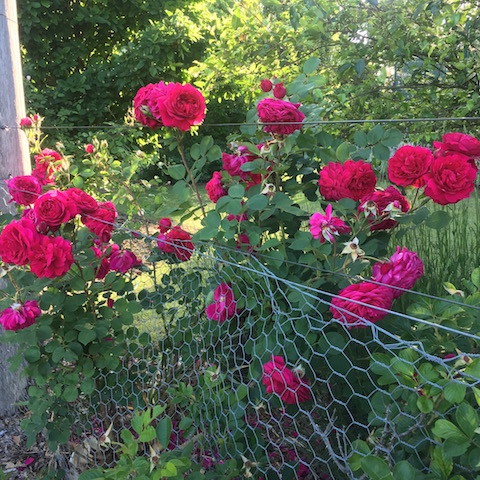
I am especially drawn towards old fashion roses. Their history can be amazing, with world wide connections. My attachment was kickstarted by the previous owner, Jayne who had planted some very old varieties of roses. I have continued in her footsteps and over the last twelve years have expanded the range of roses. Old fashioned roses work well for the my style of garden, which is best described as a cool climate rambling country garden.
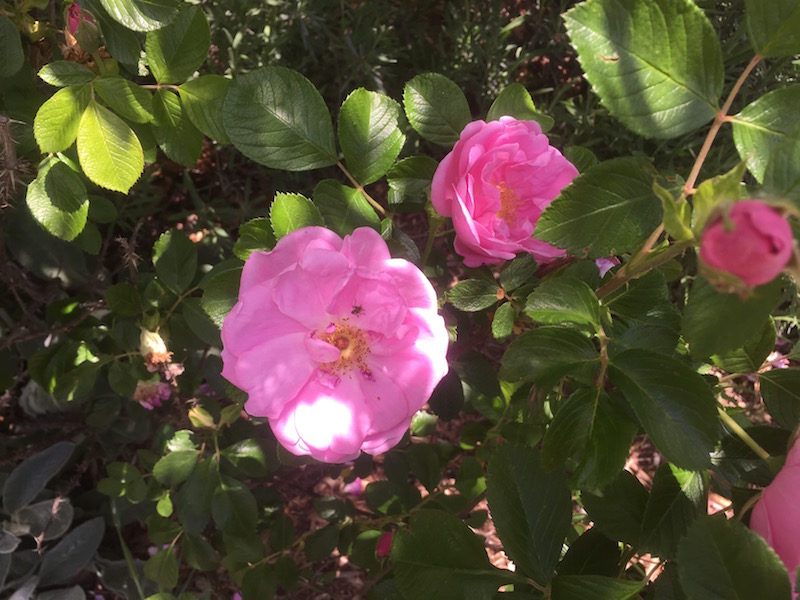
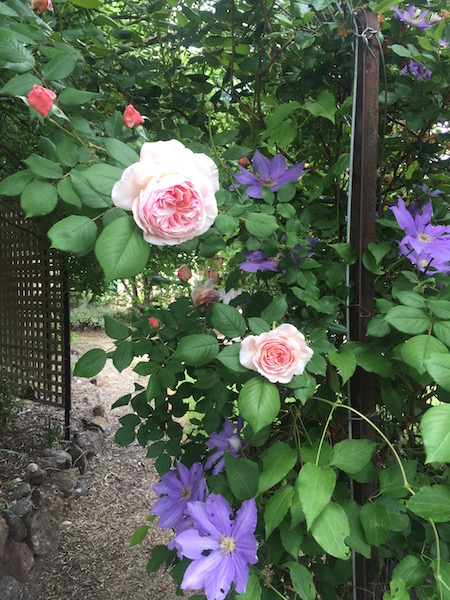
I enjoy exploring different ways of using roses in order to highlight the flowers and the foliage but to hide the thorny nature of the plant. Some varieties of old fashion roses, often referred to as Shrub roses, have the extra advantage of providing good foliage cover with a bushy habit. Using these varieties makes it easier to combine roses with perennials. If I do plant roses in a more formal arrangement, such as a straight line for a hedge or along the tennis court fence, I try to use perennials, such as lavender or salvia as an undergrowth plant. Alternatively I will a use a climbing rose to support other climbing plants such as clematis. Colour combinations can be quite striking.
This loving relationship with roses has not always been the case. In my student horticulture days, I despised the ugly nature of this plant; it was always exposed thorny branches with bushes set out in formal arrangements. Foliage was certainly not used to hide the ugliness. I was given the task of pruning a park full of stark lifeless roses all set out in a formal arrangement. By their appearance, the roses seem to have been neglected for some years. From memory, I think we used a chainsaw!
The pruning exercise did demonstrate the tough reliance of the plant; a hard pruning did the roses the world of good. Rose pruning is often made to be a complicated matter. I tend to keep it simple.
Ever so often I will the give the bush a hard prune and over the next few years, foliage and flowers look fabulous. As the bush gets out of control, I will give it another good prune the following August.
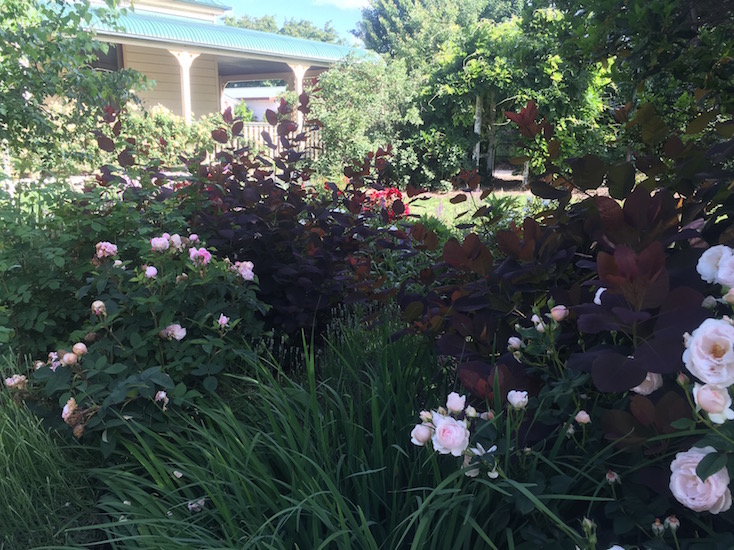
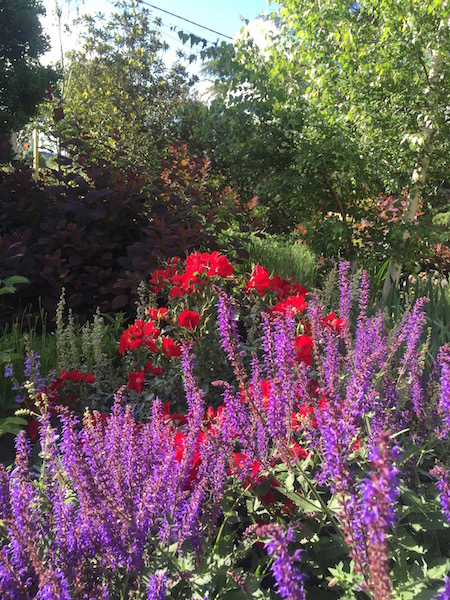
My latest interest is experimenting with different colour combinations. My favourite at the moment is red, purple and silver/grey. This could be either foliage or blooms.
The plants need to be tough, as this particular garden in the front of my house, gets sun all day long and very little watering. The red roses is an excellent contrast to the blue of the salvias, with wormwood foliage providing a subtle grey background.
Tough growing perennials will provide seasonal interest in terms of repeat flowering and bushy contrasting foliage long after the blooms of the rose fades.

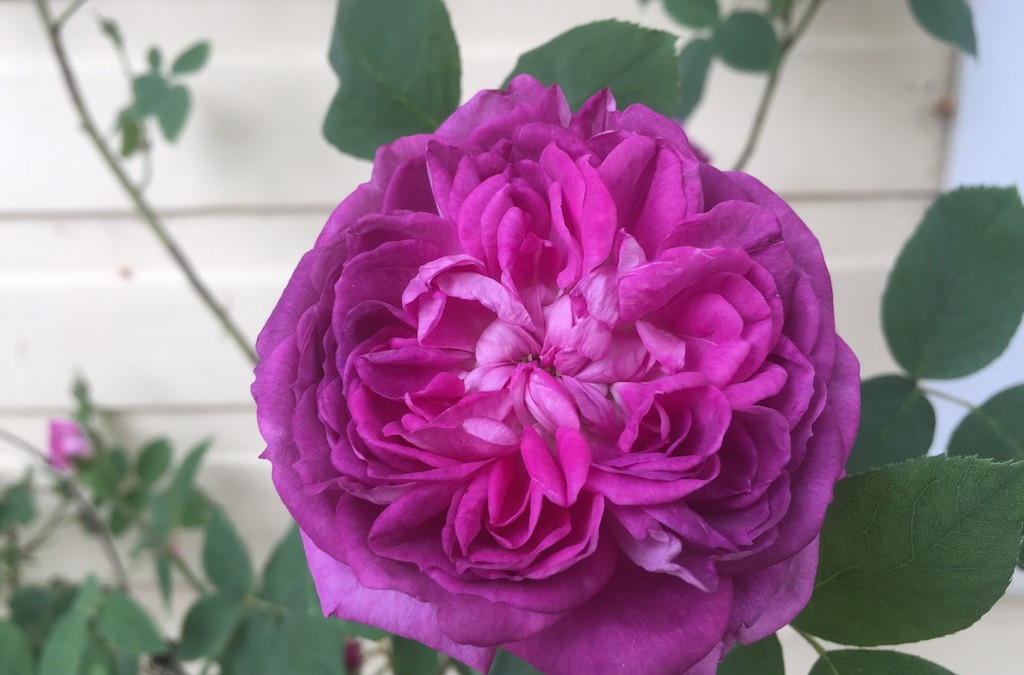
Recent Comments